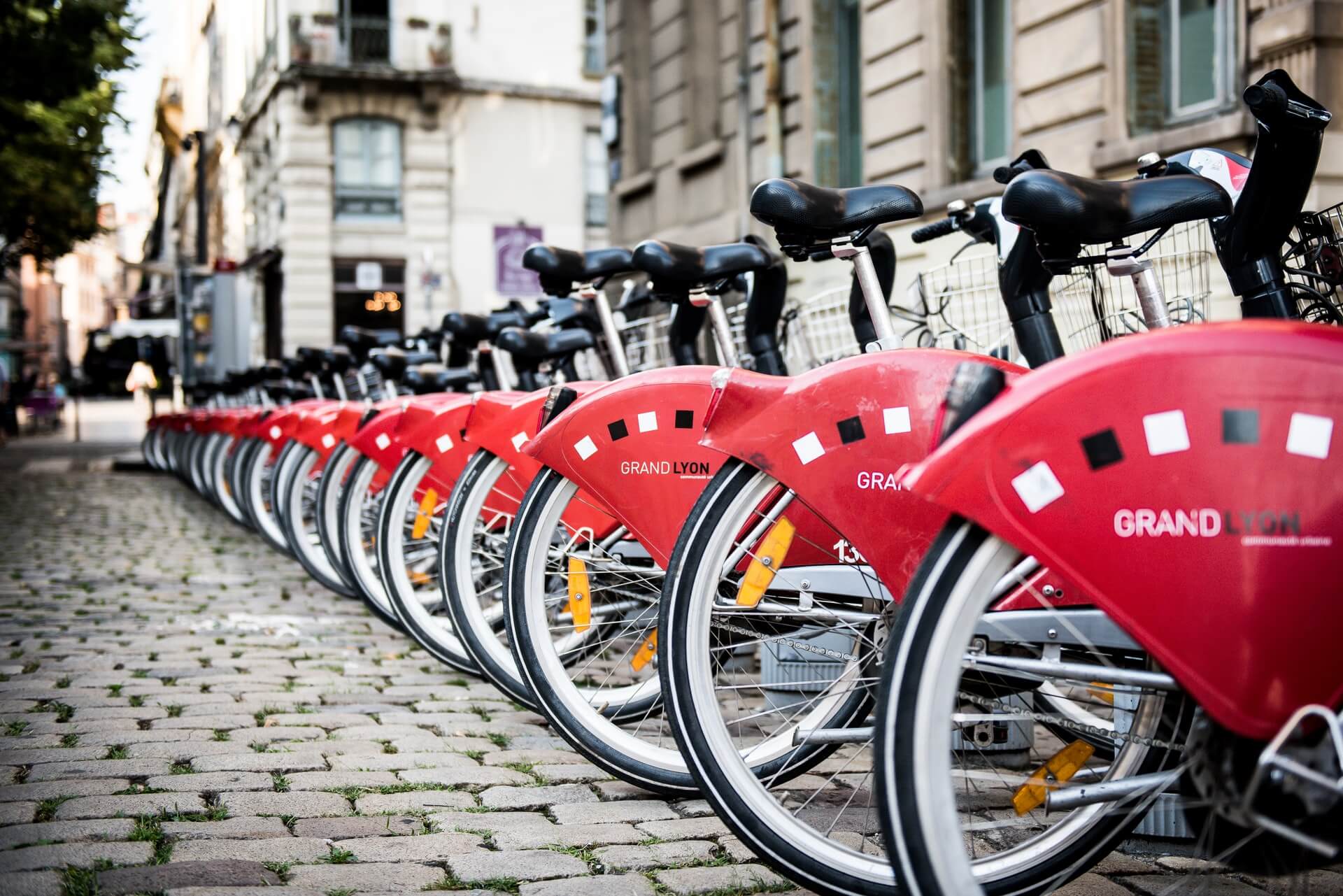If you’ve ever been stuck on a long-distance walk simply because you have no other options, you probably wished there was a car that would take you straight to your destination right? You daydream and fantasize about the possibility of going from the train station, being picked up by a car, and being delivered straight to the doorstep of your destination. Unfortunately, that’s not an economical solution.
You know what is though? Bike-sharing.
Bike share systems have been growing in popularity across the United States, major cities, and “smart cities” all around the world. A great example of this is New York’s Citi Bike sharing system. The concept is very simple: there are racks of bikes set up around the city, and people can rent a bike for a short period of time, even if they only want to use it to get from point A to point B.
The best part about it is that you don’t even have to take the bike back to the place where you picked it up, you could drop it anywhere and at any other location. Today, we discuss the possible use of the system in the Philippine scenario.
What’s Going On?
The reason why this idea has been gaining traction is simple: gas prices. Ask yourself this: how much did you spend filling up your car recently? The average commute time for Filipino workers in 2010 was 46 minutes round trip and many Filipinos travel over 8km every day just to get to the destinations they want to get to. Needless to say, that kind of mileage adds up.
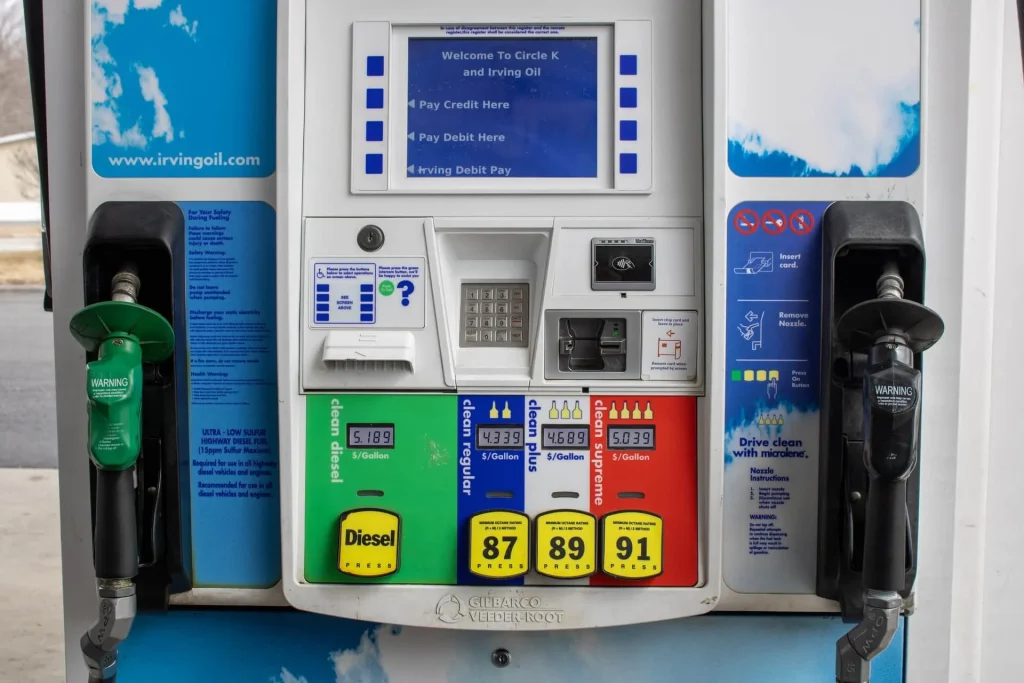
Despite the current fuel prices, your options to get to your company’s headquarters are more likely than not, set. You’ve arranged your dates around a conference. Either way, your trip has been booked. Environmental and health concerns must be taken into account as well as with the rising global temperature and the pandemic happening at the same time, health and the environment are of utmost importance these days.
What other options do you have to get from point A to point B? As of the moment, none. You either ride fuel-driven vehicles or walk and who’s gonna take an extra two hours walking to their destination every day? That’s exactly why the government has been talking about the possibility of transitioning to a bike-sharing system. More on that later.
Bike Sharing Systems
For those of you that don’t know, a bicycle-sharing system, a bike-sharing program, a public bicycle scheme is a shared transport service in which bicycles are made available for shared use to individuals on a short-term basis for either a price or free. Many bike share systems allow people to dock their bikes in another docking station, so long as the bike falls into the same system.
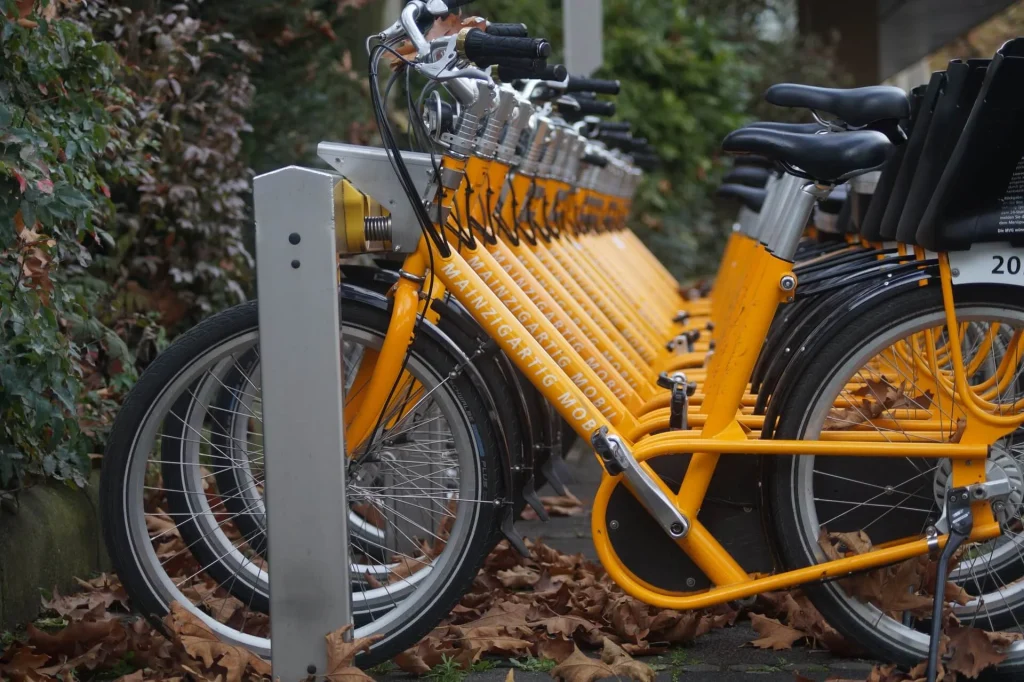
To prevent theft and the utter collapse and failure of an experiment like this, docks are specially made such that they lock the bike and only release it by computer control. A potential user can unlock the bike once they’ve entered their payment information and can lock it back in by placing it back on the dock. For many systems, smartphone mapping apps allow users to show nearby available bikes and open docks. Even Google Maps got in on the action when it began including bike-share systems in its route recommendations.
Bike share systems are becoming the norm simply because of the economic impact they have on public spaces, including but not limited to the reduction of traffic congestion and pollution as well as the provision of healthy transportation alternatives. While many of these economic externalities have been systematically evaluated and proven, unfortunately, none of these data was set in the context of the Philippines.
Will We See A Transition To A Bike-Sharing System?
Along with the expansion and improvement of the already existing bike lane network, the EDSA thoroughfare and Cebu’s South road properties might soon see a bike-share system and end-of-trip bicycle facilities, the Department of Transportation said on Monday.
This came at the Move as One transport coalition’s Biking Out of the Pandemic Forum where senior development officer at the DOTr, Eldon Dionisio, presented the department’s tentative plans for active transportation in 2022.
The DOTr said it was looking to construct a public bicycle sharing system at public transport terminals, national government facilities, city and municipal halls, commercial establishments, and medical facilities.
Their budget for this? A little bit over Php 2 billion for active transportation alone as outlined in the General Appropriation Act for 2022. While much of these funds will be spent on upgrading Class 2 bike lanes to Class 1 bike lanes with physical separators, the excess will go into the planning and basic implementation of the possibility of bike-sharing systems.
Among the national budget’s key provisions for active transportation are the installation of end-of-trip bicycle facilities, the establishment of safe and accessible pedestrian walkways, and the allocation of at least 50 percent of the road space for public transport, pedestrians, and bicycles. Of course, these end-of-trip facilities will include bike racks, bike repair facilities, and bike sheds in select areas. While the specific rules have yet to be released, Dionisio announced that the initial plan for the bike-sharing system is to use station-based and tour-limited bikes, meaning that a user is required to park the bike at another station and is required to traverse using only the designated Bike Share Route.
What’s interesting is that this movement has a strong support base across all demographics. In recent research and study conducted by the Social Weather Stations, it was found that 48% of households have been cycling more frequently, meaning that two-fifths of households with members who currently use bicycles have been doing it more frequently during the COVID-19 pandemic, with about another two-fifths who have been using bicycles as frequently as before the pandemic hit the country.
It’s definitely a possibility for the Philippines and the government to implement a system that allows the general public to maximize their space and reduce emissions through a bike-sharing system. There’s also genuine interest and support from the public on the subject matter. What’s left is execution and sustainability: meaning we should be looking out for how the government plans to introduce and implement the bike-sharing systems, the laws they will put into action, and later evaluations coming after months of use.
Pros and Cons of A Bike-Sharing Program
As with everything, there are some inherent pros and cons of developing a bike-sharing system for use in the masses, especially in the context of the Philippines. We go over some of the many advantages and disadvantages here today.
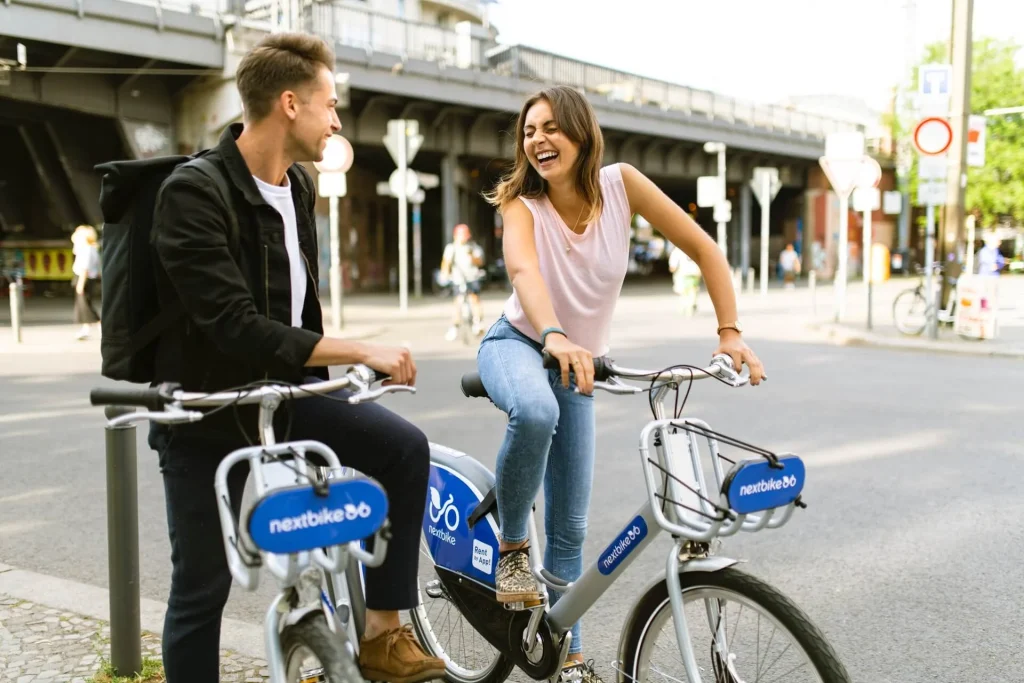
Pros of a Bike Share Program
1. Improved Air Quality
Bike share systems are great for the environment, especially since they produce almost no emissions, and we can only assume that the people riding them would have hopped in either a public utility bus or, worse, a private car instead. Both of these options obviously produce much more emissions than simply having to bike.
Moreover, when tourists visit a city, they can either bring their cars or take public transit. If they have their cars, they may look to drive around for their entire trip, causing more traffic, and extra pollution.
If they don’t bring their cars, they’ll probably take cabs, since they’re unfamiliar with the subway systems. Either way, bike-sharing systems will provide these people the option to experience the city by bike, which is both a less expensive and more convenient option. It should be quite obvious what the more economical option is.
Even commuters can cut down pollution by using bike shares. With bike share stations all over the city, it just might turn into a more convenient option as compared to other options. There’s less commitment to using a bike rather than to buying a nice bicycle, so they might leave their car at home for the very first time. This option also leads to the next benefit of bike shares that we’ll go over.
2. Convenience
Bike-sharing systems are most definitely convenient. If you commute to work in a city, you know that there are sometimes public transportation dead zones. You might get as close as you can to your office but there is still that 10-15 minute walk to your door.
15 minutes may not seem like a lot but when you’re rushing to the office already late for a meeting, those 15 minutes will feel like a lifetime. Bike-sharing systems, of course, eliminate this problem completely. With a bike-sharing system, hopefully, located right outside the train station, you can make a beeline straight to your office and cut that 15 minutes down to a 4-minute bike ride.
This problem is actually quite rampant. This dead zone where you walk from the train station to your destination even has a name, many urban development planners call this the last mile problem. One of the major benefits of bike-sharing systems is the elimination of this urban transportation problem altogether.
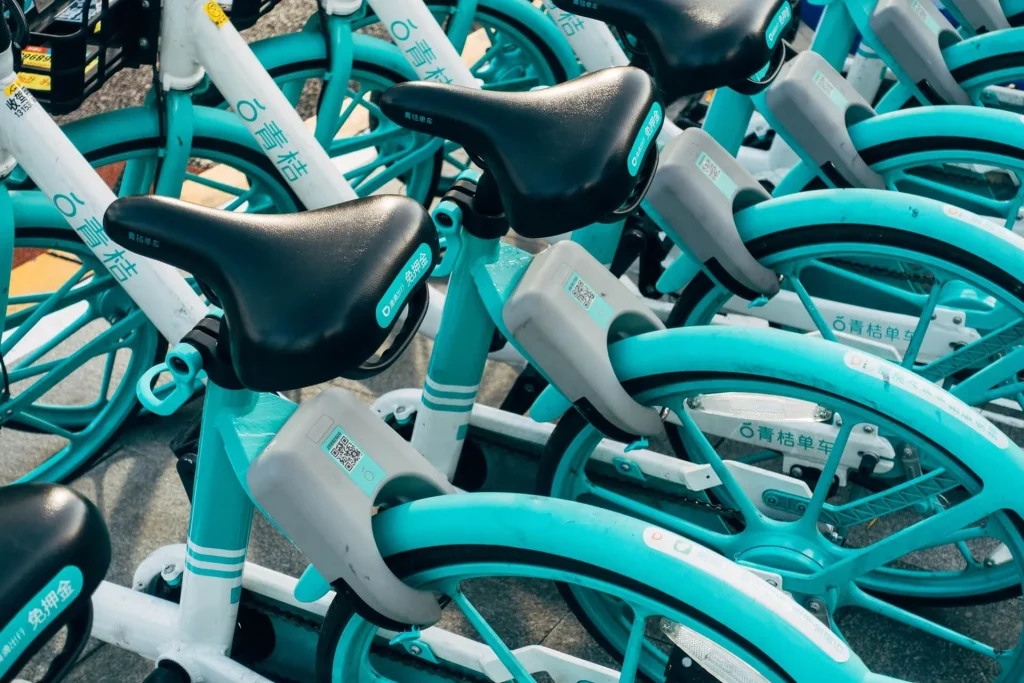
3. Better Cycling Laws
When people are given a bike to commute on a daily basis, the government is forced to update its laws and improve the bicycle infrastructure in the country. As hundreds of cyclists get on the road every day, vehicle usage on road is still high. However, as more and more people will begin to cycle, bicyclists do get a bigger voice in traffic laws.
That said, hopefully, this means that laws will begin shifting to protect all cyclists.
4. Healthier Population
Admittedly, this was the first advantage we had in mind for bicyclists when they announced that bike sharing may be the new trend. However, we found that this just might not be compelling enough. Just because something is healthy for you, doesn’t mean that it should be passed into law and become a cultural norm, right?
It is rather a large deal, however, as when people are given the option to hop on a bike, they might get the most exercise they’ve gotten in months. People who are sedentary in their everyday life probably won’t go out and buy a bike. However, bike shares provide an easy option, and they might actually enjoy the workout.
Cons of a Bike Share Program
We’d hate to diss such a positive improvement to many cities but, unfortunately, we need to be fair and justified when discussing topics that cover and affect the general public.
1. No Helmets
When you own a bike in any city, you’ll probably also own a helmet. Hopefully, you do, otherwise, what are you doing. Any smart city biker knows that a helmet could save your life, even in the most minor accident. When people stop off at a bike share station for the last two miles of their commute, they probably didn’t lug a helmet with them the rest of the way.
In many places, only eight out of ten bike-share users that are riding in heavy traffic are protected in the event of an accident. Not wearing a helmet in any city could get you killed and it also places a heavy burden on drivers should anything happen. In the worst case, perhaps someone loses their life, or in the best case, the bike share system is ruined for all other users.
2. Adjustment Period
First-time bikers will be terrified the first time they ride a bike. Most people are horrible bikers in their first few bike rides around any city. They’re scared of cars, they go dangerously slow, and often make careless decisions simply because they don’t know what to look out for. Because of their fear of cars, they often forget to take a lookout for their fellow riders. Needless to say, people who are biking in a city for the first time put everyone else on the road at risk. Drivers, cyclists, and pedestrians are in harm’s way when a first-time cyclist makes a careless decision. That risk is monumentally larger when these bikers are in a new city for the first time. They are unaware of the traffic laws and unfamiliar with the streets.
That said, the benefits of a bike-share system outweigh the disadvantages. Especially in the case of Crown Asia, as many of our properties have enough space for everyday riders to practice. You’re sure to be safe while in the middle of doing so anyway, as we ensure safety and a relaxed environment for everyone in our homes.
Related Blog: Would a Four-day Workweek Be Effective in the Philippines


